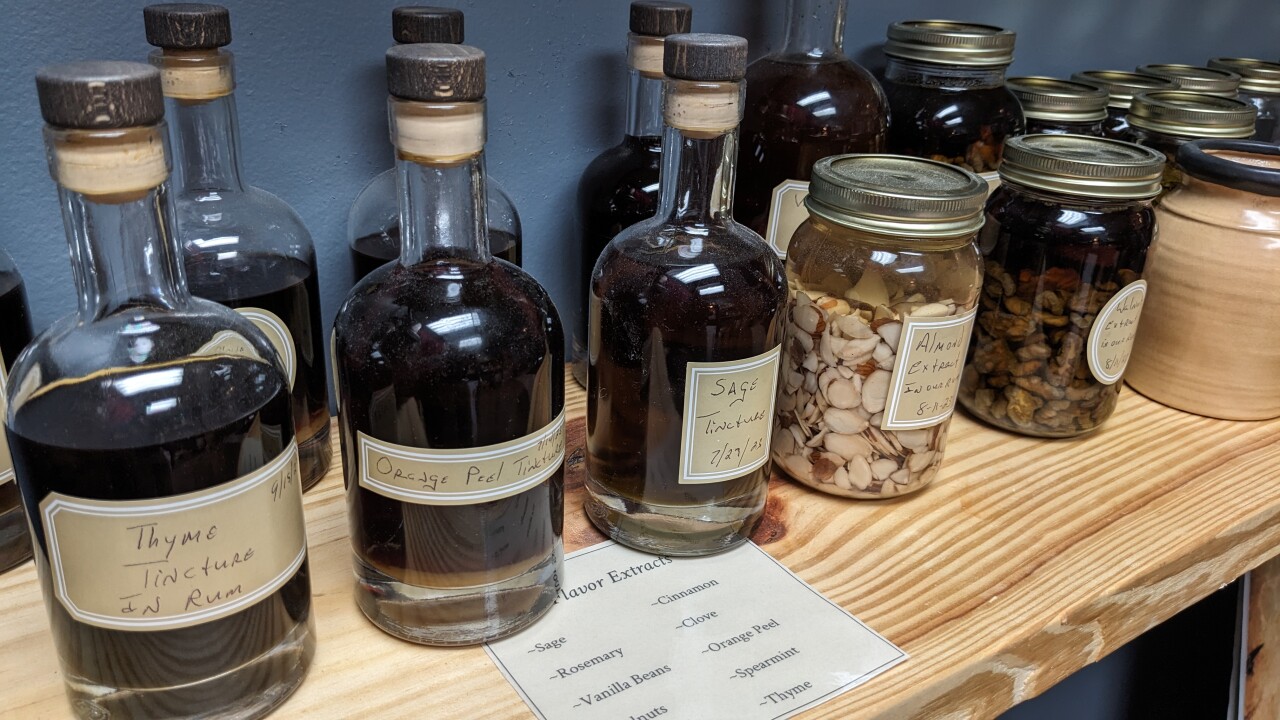WILLIAMSBURG, Va. — I recently visited the Spirits Museum located inside Eight Shires Coloniale Distillery. I spoke with master distiller and historian Chuck Thompson.
When you think of colonial spirits, you probably think of whiskey, rum, or brandy. But 1600s distilling was much more than a beverage.
"Spirits actually were medicine. It was perfume, it was flavorings, it was preservatives, it was fuel. It was chemistry at every different level," says Thompson.

And that chemistry had some fatal consequences early on.
"They didn't know what was causing the poisoning. They just knew that people were being poisoned. So, they thought all metal was poisonous," says Thompson.

The early copper pot stills were assembled with low quality pewter, that had high levels of lead. Also, copper can grow a green patina on it if not properly cleaned.
"And so you have two different forms of metals that actually will poison you," says Thompson.

That’s why most of the early colonial distilling was done in glass or stone, like the ones on display at the Spirits Museum.
"Glass was used primarily during the late 1500s, early 1600s as the distillation process, sometimes earthenware was used as well. Both of those actually produce a much smoother spirit, because they're not interacting with the metal," said Thompson.

The Spirits Museum and Eight Shires Coloniale Distillery are located on Merrimac Trail in Williamsburg. The Spirits Museum also has online exhibits here.





